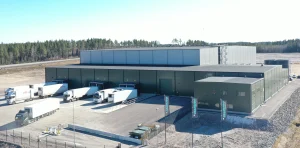
Seafrigo, the cold chain logistics expert, specialising in food logistics has officially inaugurated its… Read more »

Seafrigo, the cold chain logistics expert, specialising in food logistics has officially inaugurated its… Read more »

In a challenging year, NORD DRIVESYSTEMS also looks back on positive developments. Just before… Read more »
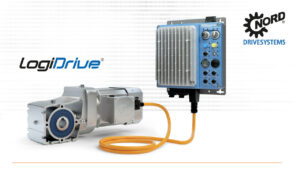
The LogiMAT trade show that takes place in Stuttgart from 25 to 27 April… Read more »
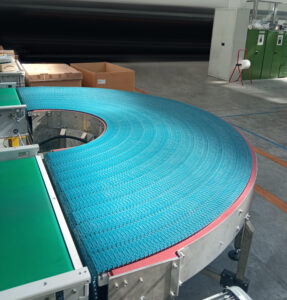
Regal Rexnord Corporation (NYSE: RRX), a global leader in the engineering and manufacturing of… Read more »

NORD Drivesystems was assessed by the rating agency EcoVadis and awarded the silver sustainability… Read more »
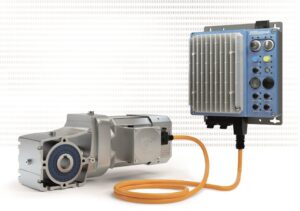
Nord Drivesystems has expanded its successful LogiDrive concept with new markets and products to… Read more »
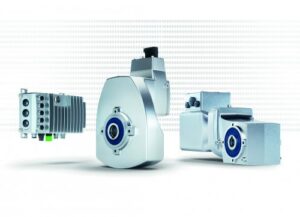
In customer projects, NORD Drivesystems always aims to reduce Total Cost of Ownership (TCO)… Read more »
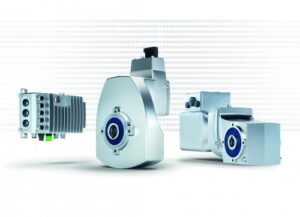
E-commerce is booming and so is warehouse automation. Flexible warehouse systems are also in… Read more »
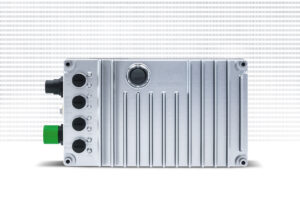
The specialist LogiMAT exhibition in Stuttgart offers a comprehensive overview of the intralogistics and… Read more »

The fewer interfaces, the higher the system efficiency – based on this maxim, NORD… Read more »

From 26 to 29 April 2022, NORD DRIVESYSTEMS will exhibit at ANUGA FOODTEC (Hall… Read more »
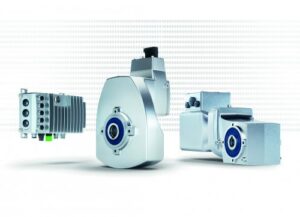
Drive specialist NORD DRIVESYSTEMS continues on the course of growth and success. Thanks to… Read more »
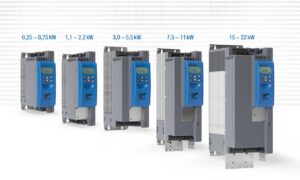
From 10th to 12th November 2021, the FMB trade fair once again brings together… Read more »
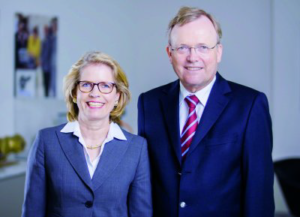
With its latest product developments from the high-efficiency portfolio, Nord Drivesystems has once again… Read more »

Brady Corporation has further strengthened its capabilities as a full-service provider of printer and… Read more »
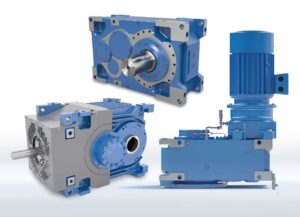
The overall portfolio of MAXXDRIVE parallel and right-angle gear units from NORD Drivesystems offers high-output… Read more »
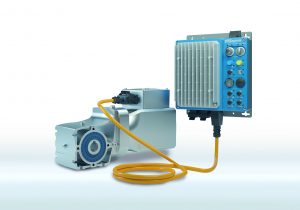
The new IE5+ motor generation from NORD DRIVESYSTEMS offers a constant high efficiency over… Read more »

Prometeon Tyre Group has appointed Ali Yilmaz as Marketing Manager for the UK, Eire… Read more »
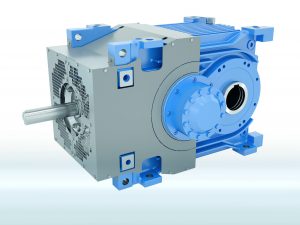
Germany-based drive technology specialist Nord Drivesystems has released the following on its 2019 performance:… Read more »
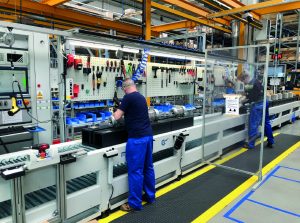
Drive specialist Nord Drivesystems is promising delivery availability is fully guaranteed for all products.… Read more »

Nord Drivesystems has been developing drive electronics for more than 30 years and is… Read more »
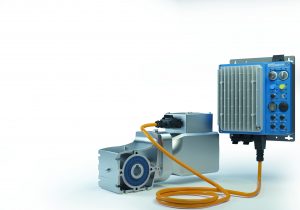
Individually tailored drive concepts based on the LogiDrive system solution from Nord Drivesystems represent… Read more »
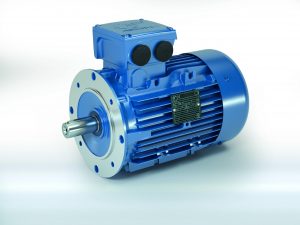
NORD has now made available its new class-leading Universal Motor, with 20 models in… Read more »
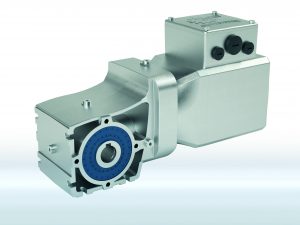
NORD DRIVESYSTEMS will be presenting intelligent drive systems and innovative solutions for intralogistics at… Read more »

TSC Auto ID Technology EMEA GmbH has appointed Dave Huckle to the position of… Read more »
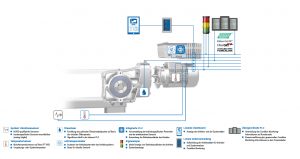
NORD DRIVESYSTEMS has released a product to monitor predictive maintenance concepts. The system regularly… Read more »

Nord Drivesystems is to present new products at SPS Nuremberg this week. Smart Production… Read more »

A group of Europe’s leading smart charging solutions providers have pledged to open their… Read more »
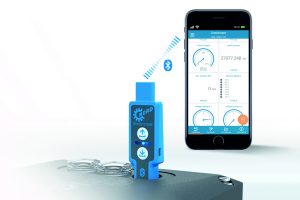
Drive specialist Nord Drivesystems has created a mobile commissioning and service solution for all… Read more »

Nordic systems integrator Element Logic has announced that Eir Bjørkly (above) will take over… Read more »

Nordic logistics automation specialist Element Logic says it is presenting some “revolutionary news” at… Read more »
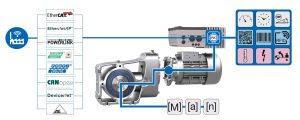
At LogiMAT 2019 in Stuttgart from 19 to 21 February 2019, NORD DRIVESYSTEMS will… Read more »
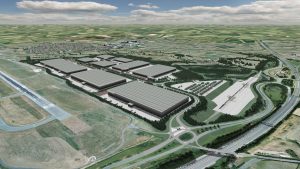
Italy, the Nordics and Core CEE have seen the highest H1 increase in investment… Read more »
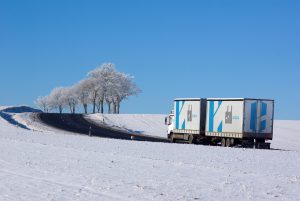
Turkish 3PL Ekol Logistics is to launch its intermodal Nordic operations from Sweden. “Ekol… Read more »
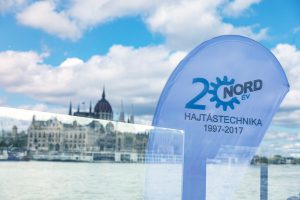
Drive specialist Nord has been celebrating a special anniversary. Founded in 1965 in Bargteheide,… Read more »
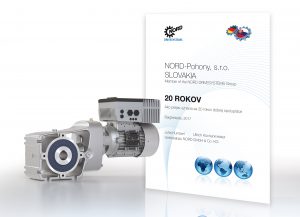
NORD DRIVESYSTEMS Slovakia ubsidiary NORD-Pohony, s.r.o. has just celebrated its 20th anniversary. In 1997… Read more »
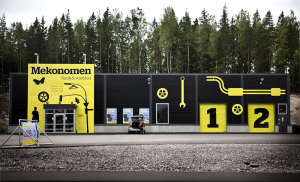
Major Nordics autoparts supplier Mekonomen has appointed systems integrator TGW Logistics to design, install,… Read more »
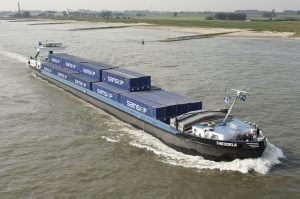
Samskip has completed the acquisition of Euro Container Lines AS, building on a strategy… Read more »

Whether conveying goods or lifting heavy loads, every movement needs a drive system. However,… Read more »
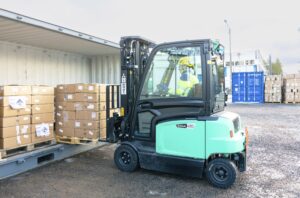
DHL Supply Chain has signed a long-term contract with Fortum Battery Recycling, a business… Read more »

Bold new branding for end-to-end system integration specialists TGW Logistics represents confidence, flexibility and… Read more »

At the Last Mile Leaders Europe event last week FarEye revealed its latest industry… Read more »

Last Mile Leaders Europe, hosted by FarEye, returns to centre stage on May 14th… Read more »

Drive solutions from Nord Drivesystems increase the efficiency in system operation at several points… Read more »
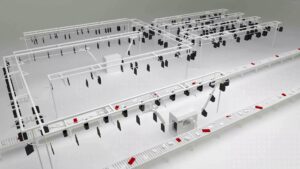
Freedom to integrate best-of-breed technology delivers the flexibility, scalability and fast ROI businesses crave.… Read more »

At the international specialist trade fair for intralogistics solutions and process management LogiMAT, NORD… Read more »

At the international specialist trade fair for intralogistics solutions and process management LogiMAT, NORD… Read more »
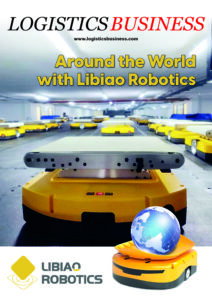
Logistics Business has published a new eBook on warehouse automation and robotics, in association… Read more »

In a commercial relationship that combines both innovation and efficiency, AR Racking has successfully… Read more »